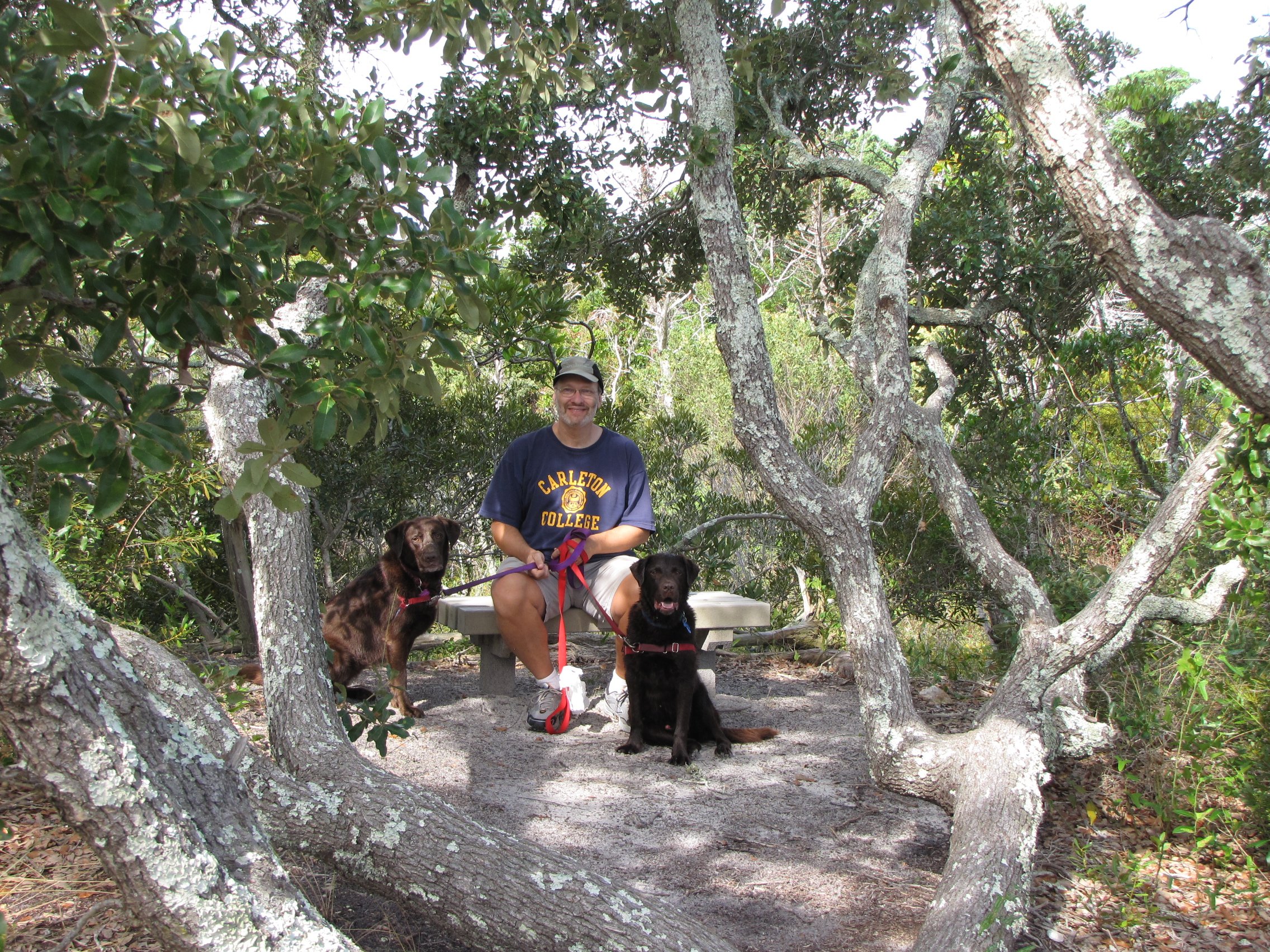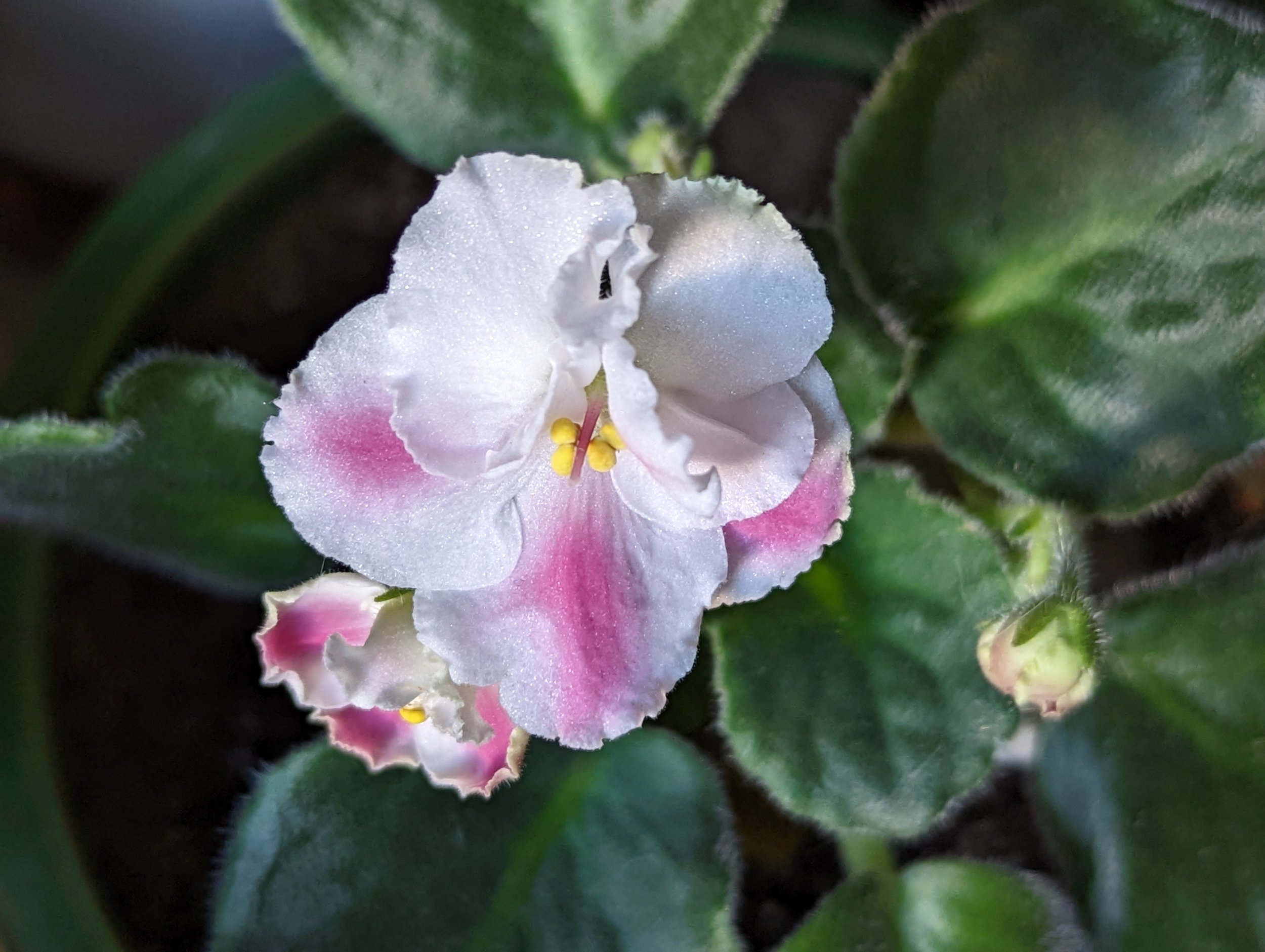Daffodils showing themselves on January 29
As I sit here, rain gently falling and three dogs in various states of taking naps, the speed at which January went by astounds me. A month marked by a very quiet New Year’s day, both my and Sue’s birthdays, COVID infections for both of us (and a rebound case for Sue), the shockingly unexpected death of a dear Raleigh gardening friend, a tomato themed Zoom with a Wisconsin master gardener’s group, a podcast recording, lots of rain and chilly weather (meaning very few hikes), receiving and sending lots of seeds and getting ready to plan this year’s garden and get some seeds planted all made for quite a month. I am tired even typing all of that!
Sue and I are well on the mend but are yet to find our pre-COVID energy. We know that warmer, more hiking-appropriate weather is on the way. We can see the buds swelling on many plants in our yard, and spring bulbs are poking through.
The worst day of the month was that on which I received an email notifying me of the death of my long time gardening buddy Ralph Whisnant. I knew Ralph had some health struggles over the last year, but each was overcome. I exchanged a text with him just a few days prior to the devastating news in which he told me he was home from the hospital after a successful procedure, and was looking forward to the gardening season.
I met Ralph in 2015 during my Epic Tomatoes book launch at Quail Ridge bookstore in Raleigh. Our shared love of gardening was evident, and seeds of a cherished friendship were planted. We exchanged plants and seeds, met at gardens or for lunch or at my or his house, and spoke on the phone to discuss this or that flower or veggie seed or plant. We also talked about life in general, which may be the part I enjoyed the most, Ralph being a kind, deep, thoughtful, empathetic person. Moving from Raleigh in 2020 meant the end of our get togethers, but not our friendship. Here is a little bit more about Ralph.
With February on the horizon, I am turning to garden planning and preparing for some seed planting. If all goes well, some tiny seed or slow growing flowers, and some greens and beets will be sitting on a heat mat in my office within the next few days. Tomatoes, peppers and eggplant, as well as faster germinating flowers and herbs, will be planted on or about March 1. Deciding what to grow is never easy, but I will post the list when it is settled. There are simply too many options, and I strive for a smaller, simpler garden this year.
Over the coming months, there will be more gardening Zooms. I still have a folder of emails from those requesting seeds, and I will be getting those requests fulfilled over the next few weeks. I hope to trial some dwarfs at a friend’s farm (he and his wife are vendors at the Hendersonville Farmers Market); he and I will meet next week to discuss. I am also very fortunate to have greenhouse space at the nearby Veterans Healing Farm, in which will go tomatoes of my choice - some dwarfs, most indeterminate. That means more decisions coming prior to my seed planting date.
For those in the Raleigh area that seek interesting tomato plants, my friends Chris and Gerald will be making plants available. You can check the hotlinks on each of their names - Gerald has a website, Chris an email address. I will not be starting plants in quantity this year for local plant sales. I am quite ready to say farewell to that part of my annual gardening experience, though it was such fun and it provided a chance to meet wonderful folks - for which I am so grateful.
I hope to do a few Instagram Live sessions very soon. The first will be a discussion of how to decide what to grow - I will share my thoughts and ask those who join about their own plans. Later on, when I am planting my tomato seeds, I will do another IG live when we discuss seed starting and the gardens to come. By that point I will know exactly what I will be growing.
The swelling bud of a future flower on our orange flame azalea (a native variety to this area)























